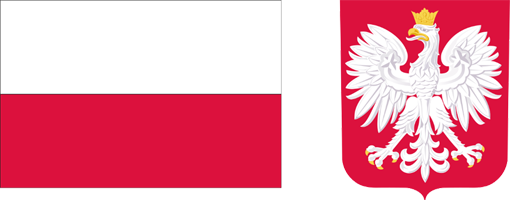Current issue
Archive
About the Journal
Aims and Scope
Editorial Board/Editorial Team
List of reviewers
Publishing process
Publishing Ethics and Malpractice Statement
Personal data protection (GDPR)
Creative Commons License
CrossRef Member / Similarity Check
For Authors
Call for papers
Guidelines for authors
Submitting a manuscript through the editorial system – step by step
For Reviewers
Peer review process
Guidelines for reviewers
Submitting a review – step by step
Contact
RESEARCH PAPER
FARMS AND THEIR HOLDERS IMPLEMENTING AGRI-ENVIRONMENT-CLIMATE MEASURES
1
Institute of Agricultural and Food Economics National Research Institute
Submission date: 2022-12-15
Final review date: 2023-01-09
Acceptance date: 2023-06-22
Publication date: 2023-06-28
Zagadnienia Ekonomiki Rolnej / Problems of Agricultural Economics 2023;375(2):68-94
KEYWORDS
JEL CLASSIFICATION CODES
Q10
Q12
Q14
Q15
TOPICS
ABSTRACT
The article contains characteristics of farms implementing agri-environment-climate measures in diverse natural conditions defined by the valorization index of agricultural production area. Considering the farm size, three types of the conditions were distinguished: difficult, average, and favorable. Attention was focused on the production potential of farms, their human capital, and economic situation. The subject of the research was a group of 1,175 individual farms covered by the Polish FADN, which implemented agri-environment-climate measures under the 2014–2020 common agricultural policy between 2018 and 2020. It was not a representative sample for the entire population of farms implementing the above-mentioned measures. Farms operating in difficult habitat conditions had a lower production potential (agricultural area, economic size, capital, and capital–labor ratio). The share of farmers with agricultural education was also lower in the group. As a result, income from such farms was lower, the fixed assets replacement rate was lower and the farm was incapable of competing on the domestic market. The ability was demonstrated only by farms functioning in favorable habitat conditions. The share of payments in the income of the analyzed farms was also higher, on average, by 21.7 p.p., as compared to the average share of payments in the income of other farms with a similar agricultural area. The study shows that there is a very large share of subsidies in the income of the groups of farms implemetnting agri-environment-climate measures and a clear
positive connection between longer working hours (at least 2120 hours per year) of the farm manager
with the economic situation of the farm.
Share
RELATED ARTICLE
We process personal data collected when visiting the website. The function of obtaining information about users and their behavior is carried out by voluntarily entered information in forms and saving cookies in end devices. Data, including cookies, are used to provide services, improve the user experience and to analyze the traffic in accordance with the Privacy policy. Data are also collected and processed by Google Analytics tool (more).
You can change cookies settings in your browser. Restricted use of cookies in the browser configuration may affect some functionalities of the website.
You can change cookies settings in your browser. Restricted use of cookies in the browser configuration may affect some functionalities of the website.




